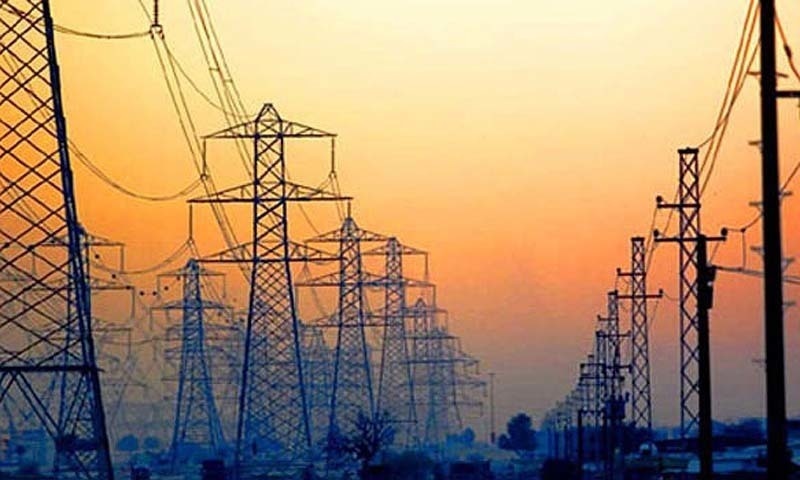Power Tariff hiked by federal government
In a bid to restart the IMF program, the federal government has hiked the electricity tariff by PKR 1.95/kWh. The estimated PKR 200bn impact is a major step in curbing the growth of the circular debt, which has recently crossed PKR 2.3tn. While the higher power tariff has the potential to fuel inflationary pressures for Pakistan, the likely containment of the circular debt can unlock the depressed energy chain’s value, onwards.
Sector-wise impact of the hike
The Cement Sector: Bulk of the cement sector has invested in captive power plants and has installed efficiency technologies such as a Waste Heat Recovery unit. As such, the effect of the tariff hike will be relatively contained to those companies relying primarily on the grid. The impact of the hike is expected to average around PKR 5.0/bag, which can easily be passed through given the high-demand scenario.
The Textile Sector: While the textile sector’s operations are very energy intensive, the industry benefits from subsidized electricity supply, capped at USD 0.09/kWh (USD 0.075/kWh after implementation of the export policy 2020-2025). Consequently, the impact of the hike on the sector will be relatively muted.
Steel Sector: Pakistan’s long-steel sector relies on the national grid for its production process. We estimate the impact of the tariff hike will increase production costs by ~PKR 1,500/MT. In case the sector is unable to pass through its increased costs, MUGHAL’s earnings projections will likely reduce by PKR 1.23/sh and ASTL’s earnings projections will lower by PKR 1.12/sh for FY22.
Energy Cabinet approves disconnection of gas to captive units
In view of the gas shortage prevalent in the country, the Energy cabinet has decided to disconnect supply of gas to captive power plants in a bid to divert roughly 150mmcfd of gas to larger, more efficient power plants. The government projects this decision to control circular debt accumulation by reducing the overall cost of electricity generation. Note that the disconnections will be applicable to the general industry from Feb21 while it will be applicable to the export-oriented industry from Mar21, onwards.
Sector-wise impact of the gas-supply disconnections
The Cement Sector: Within the cement sector, Lucky Cement (LUCK) is the sole cement manufacturer that benefits from a consistent supply of gas. Presently, LUCK has 80MW of dual-fired engine capacity and 75MW of gas-engine capacity. In case the company’s gas supply is discontinued, it would likely increase LUCK’s reliance on Furnace Oil. Based on prevalent rates, FO-based generation is roughly 63% more expensive at PKR 14.2/kWh. Note that LUCK’s electricity requirement in its Karachi plant is estimated at 75MW against an FO-based capacity of 20MW and a WHR plant of 20MW. Consequently, we believe the Karachi plant may continue benefitting from gas supply due to an absence of a timely alternative source. The Pezu plant, however, may be fully switched over to Furnace oil. In turn, we estimate LUCK’s average cement production cost may rise by ~PKR 9/bag. In case the company is unable to pass through the impact, its earnings projections will erode by PKR 3.0/sh for FY22.
The Chemical Sector: Within our chemicals universe, both Engro Polymer (EPCL) and Lotte Chemicals (LOTCHEM) rely on gas to fuel their captive power plants. EPCL has a 79MW gas engine while LOTCHEM has a 48MW gas engine. Presently, LOTCHEM has a grid connection and may potentially face disconnection of its gas supply. As the company prices its product on the import parity, it may find it difficult to pass on the additional costs. Consequently, we project the company’s earnings may erode by PKR 0.46/sh during CY21. EPCL, however, does not possess a direct connection to the national grid and may, in turn, continue benefitting from its consistent gas supply.
The Steel Sector: Within our universe, ISL utilizes its 19MW gas engine to fuel its conversion process from HRC to CRC and from CRC to HDG. In case the company’s gas supply is disconnected, the average production cost is projected to rise by PKR 1,500/MT. As the company’s pricing is highly correlated to the import parity, the increased cost is estimated to reduce ISL’s earnings by PKR 1.1/sh from FY22.
The Textile sector: Within our textile coverage, Nishat Mills (NML) relies on its gas-fired captive power plant to fulfill its energy needs. Presently, NML fulfills roughly 20% of its electricity requirements from its gas engines. In case of disconnections of their gas supply, the company’s earnings may erode by PKR 1.81/sh for FY22.

